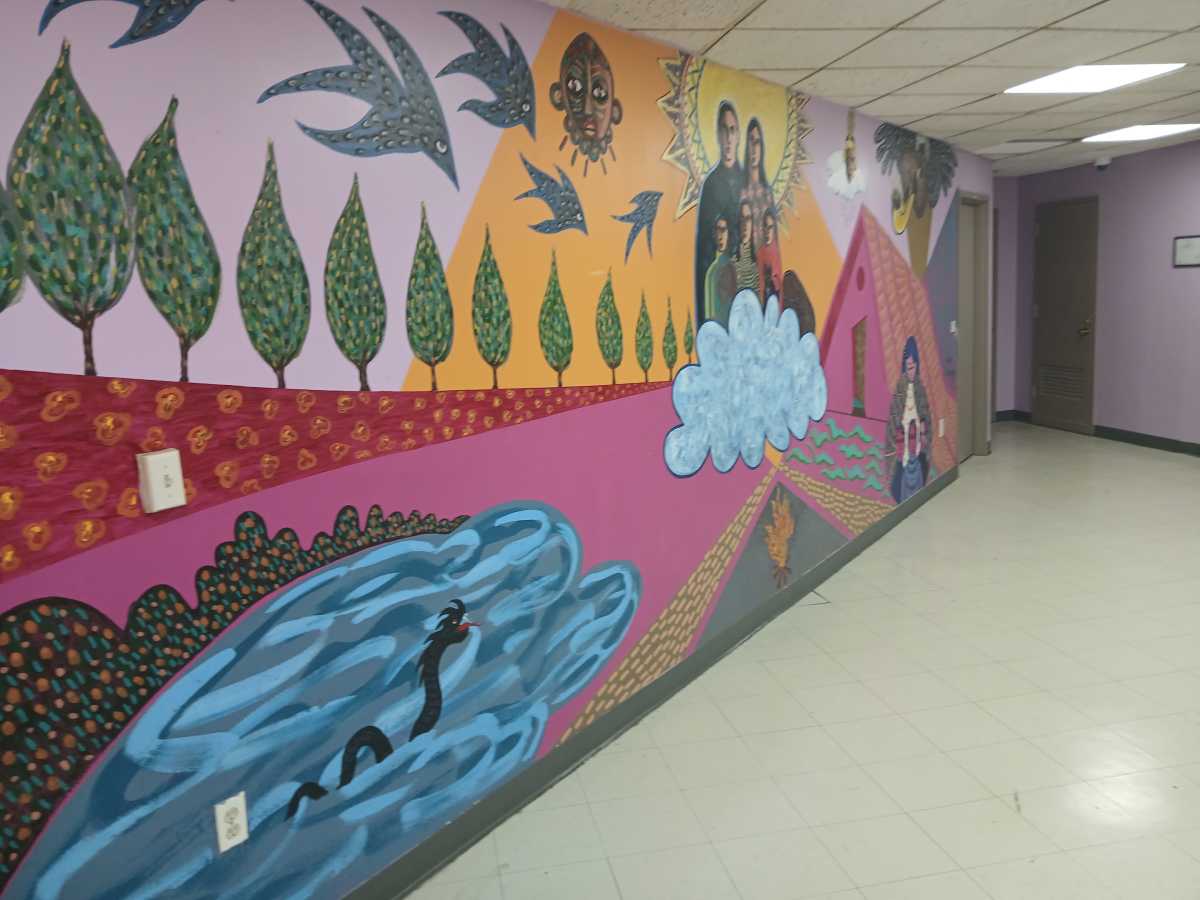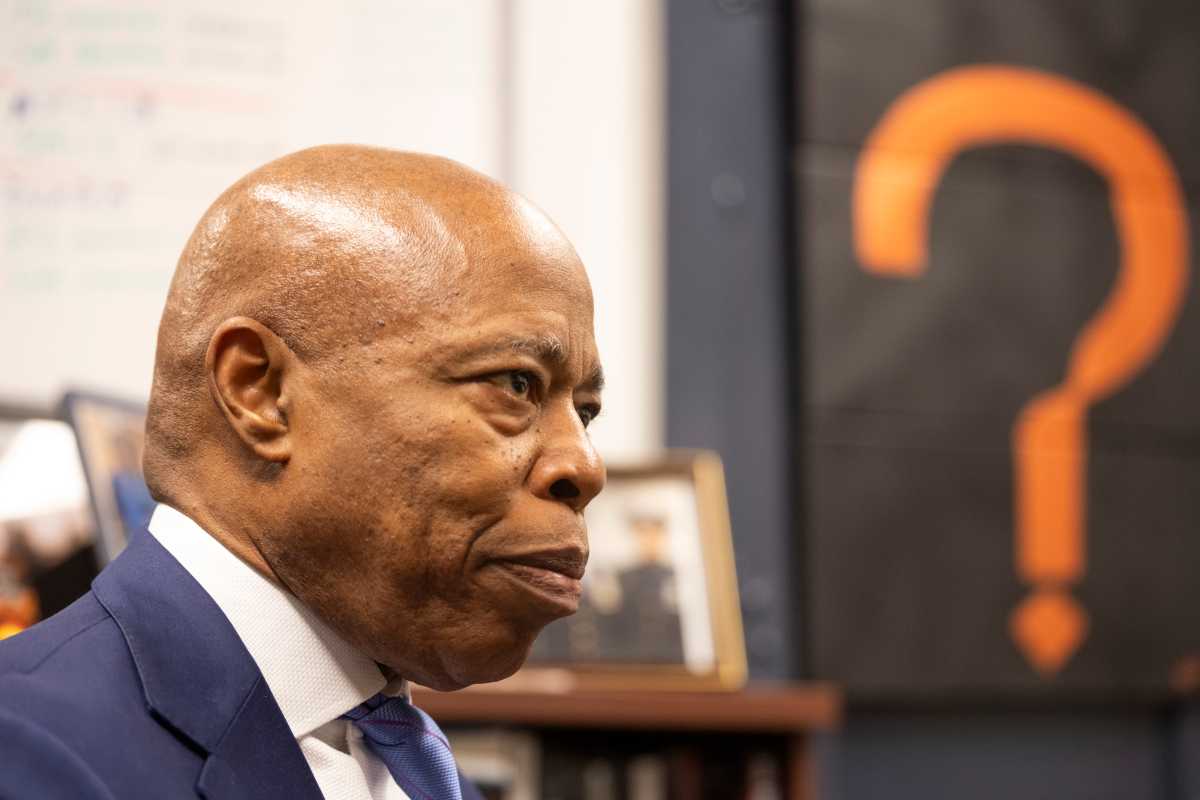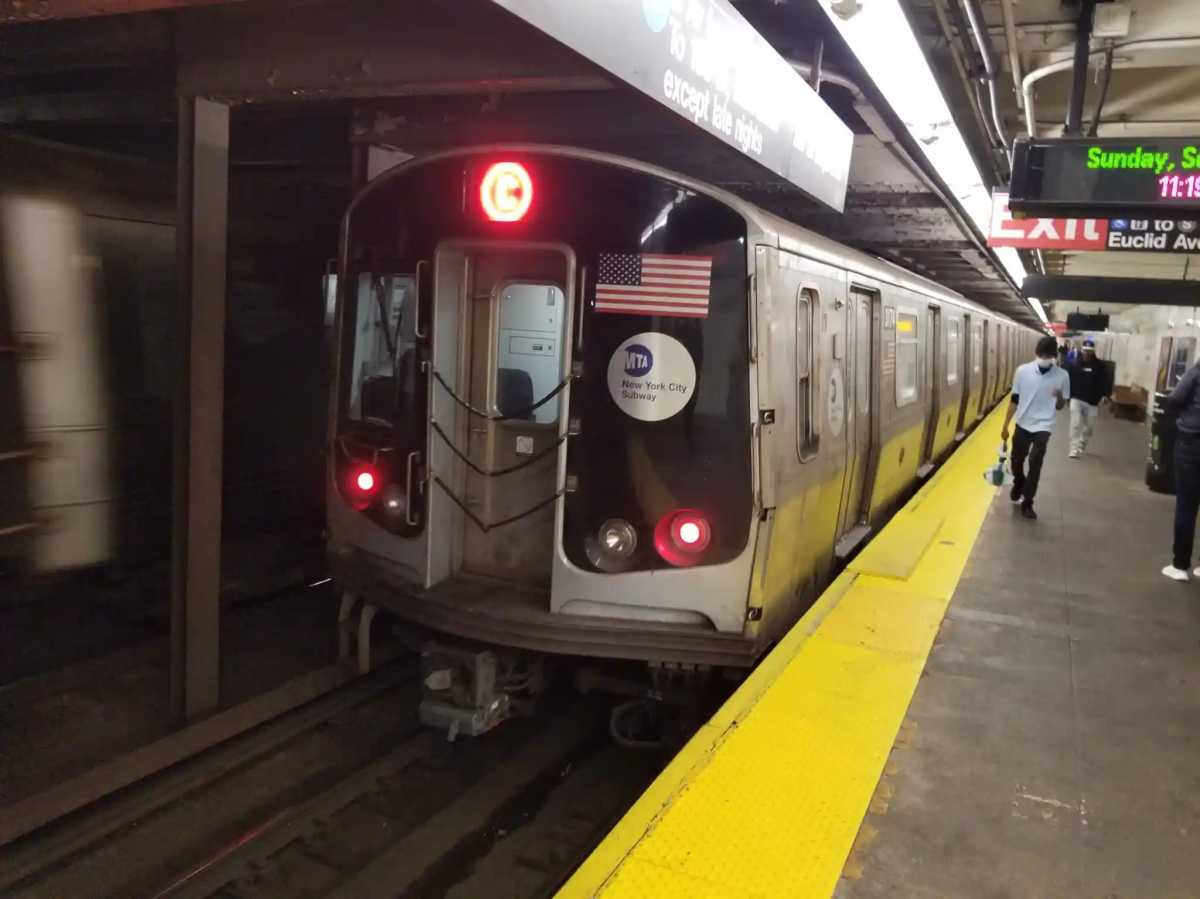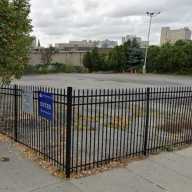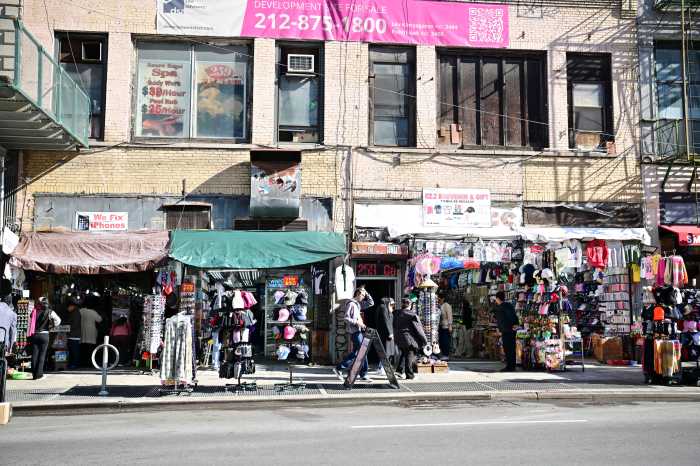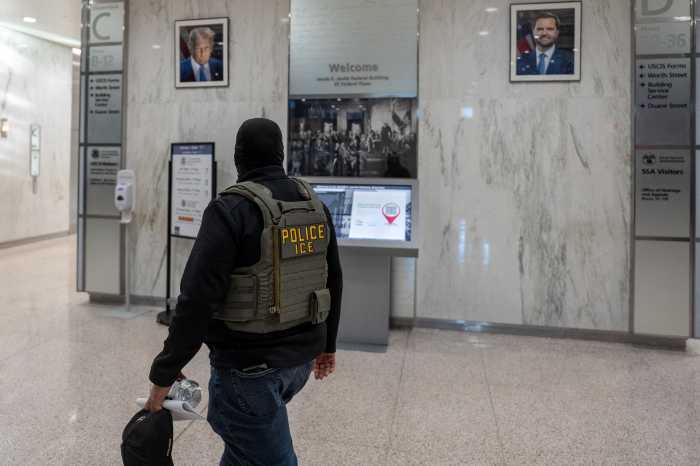When it comes to treating opioid addiction, the evidence is clear: programs that combine harm reduction with comprehensive care save lives. This approach works because it starts with a simple truth – every step toward better health matters. Whether someone needs clean needles today, is ready for counseling, or wants to start medication-assisted treatment, having all these services in one trusted place makes the difference between getting support and going without.
The need for this approach is especially urgent in Queens, where there are only five opioid treatment programs. With so few programs available among over 2.2 million people, many who need treatment must travel hours across the borough or to other parts of the city for care. The numbers tell a grim story: In 2021, overdose deaths in Queens hit 21.4 per 100,000 people. Black New Yorkers saw the biggest rise in deaths from 2020 to 2021, while deaths among Latino/a New Yorkers went up by 13.5 per 100,000, and White New Yorkers saw an uptick from 34.1 to 36.2 per 100,000.
Research shows why comprehensive, community-based care works better than scattered services. When people can get medication, counseling, and support all in one place, they’re 75% more likely to stay in treatment. Having care close to home means no more choosing between a day’s work or focusing on health. When treatment comes from trusted providers who are rooted in community, neighbors who understand local culture and speak your language, people are more likely to walk through the door and keep coming back.
The harm reduction model is key to this success. Instead of demanding abstinence, it recognizes that recovery looks different for everyone. This approach has proven results: programs that offer comprehensive harm reduction services see 50% more people entering long-term treatment, 45% fewer overdoses, and significantly better health outcomes. For pregnant and nursing mothers, it offers safe treatment that protects both mom and baby. For people struggling with housing or employment, it connects health care to social services that help stabilize their whole life.
Old myths about addiction treatment still create barriers to care. Some wrongly believe that using medication-assisted treatment is “just substituting one drug for another” or that people should be able to “clean up” without assistance. These harmful ideas ignore the science. Medication-assisted treatment isn’t about substituting one drug for another – it’s about using proven medical care so people can rebuild their lives. The idea that abstinence is the only path to recovery has kept many from seeking the services they need.
In Northwest Queens, Elmcor Youth & Adult Activities shows how this evidence-based approach works in practice. As the oldest Black-founded and Black-led nonprofit in Queens, they bring something special: deep roots in the community and sixty years of earning trust. Their approach directly challenges the “us vs. them” thinking that often surrounds addiction treatment, replacing judgment with support and understanding.
“This program is about bringing life-saving treatment to where it’s needed,” says Noreen Etienne, Director of Outpatient Services at Elmcor. “When people can get care from someone who understands their community, who speaks their language, who knows their struggles – that’s when healing really starts. We’re not here to judge; we’re here to help.”
The program demonstrates why comprehensive care works better than traditional models. Everything happens through one front door: medication-assisted treatment, counseling, health screenings, and support services all under one roof.This integrated approach means no more piecing together recovery plans across scattered locations or trying to coordinate between different providers who don’t talk to each other.
The program is part of Elmcor’s continuum of care, providing another option in addition to the Intensive Residential Treatment Program, where the organization serves participants seeking a safe haven for recovery. Participants can seek care in an outpatient setting while reintegrating into their community.
Prevention and education are also part of comprehensive care. Elmcor has taught over 1,100 neighbors to use NARCAN, hands out fentanyl test strips and safety kits, and reaches out to groups often overlooked – like college students and older adults. This last group needs special focus since Black male New Yorkers ages 55-64 now face the highest death rates at 81.4 per 100,000 people.
Their community work breaks down barriers in multiple ways: running awareness campaigns that speak directly to Black and Brown communities, teaching families about warning signs, offering support groups, and working with local doctors to improve care. By addressing negative attitudes and discrimination head-on, they create an environment where seeking support is seen as a sign of strength, not weakness.
From their grassroots start fighting heroin in the 1960s to today’s proven treatment programs, Elmcor shows what works: combining harm reduction with comprehensive care, delivered by people who know the community. Their success proves that when treatment is trusted, close to home, and wrapped in support services, real change can happen. By breaking down both physical and social barriers to care, they’re creating a model where recovery isn’t just possible – it’s happening right down the street.
For more information go to https://elmcor.org/programs/behavioral-health-services/.

